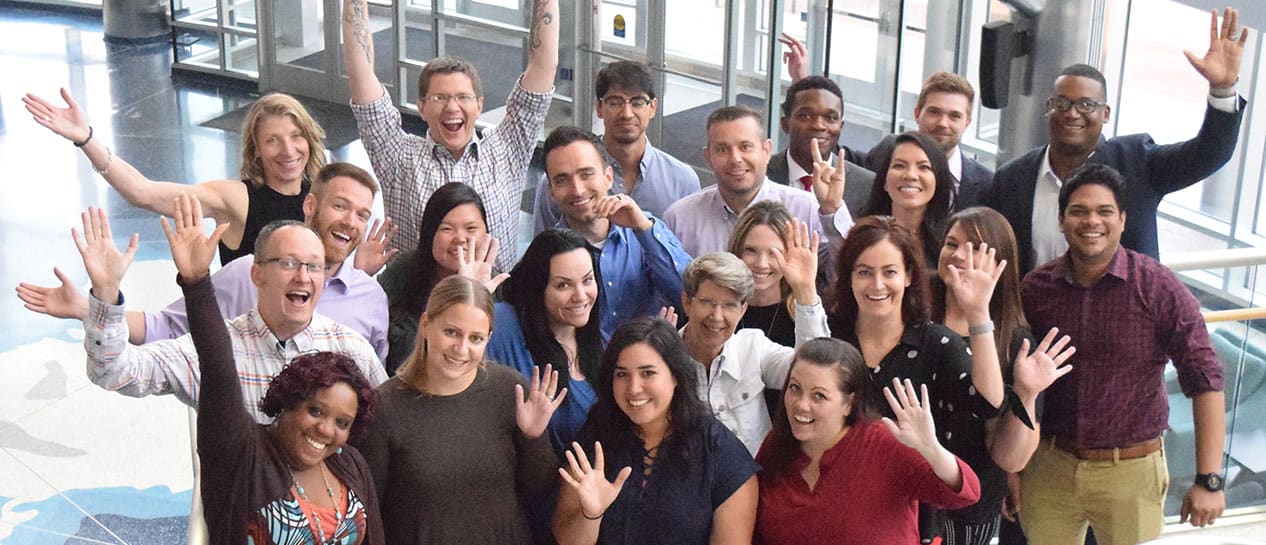Innovation is thriving in these uncertain times. In response to the coronavirus, we’ve all seen the stories of companies switching their operations to produce personal protective equipment and small businesses pivoting to offer pickup, delivery and other products and services. These stories of obvious innovation are inspiring, but they’re masking the greater story: the story of hidden innovation. As the founder of a company that helps organizations’ innovative efforts create results, I’ve found that every company is innovating right now, but most don’t realize it. They think they are simply reacting to current events, new constraints and constant uncertainty.
While that’s true, how they are reacting to those things is core to making innovation happen. Here are a few examples of hidden innovation happening right now that I encourage all leaders to embrace:
• Leaders are communicating with vulnerability and empathy.
Instead of standing on-stage and setting a definite direction, leaders are sharing what they know and what they don’t know.
For example, in his April letter to employees, Starbucks CEO Kevin Johnson transparently laid out the three principles that will guide all of Starbucks’ decisions, laid out plans for the next 30 days (what they knew), and explained the process for deciding what to do in the following 30 days (what they didn’t know). Most notable in this last part was the decision to push as much decision making as possible to the local stores because they have access to the most recent data.
• Companies are organizing around parts, not just the whole.
With PPE in short supply, Ford, like many other companies, shifted operations to meet the need. They used what they had, and by looking beyond the whole of what they make (cars) to see the pieces, they got face shields into the hands of health care workers.
• Companies are running experiments.
Experiments are usually one of the hardest things for companies to do because of the risk of what could go wrong, but they are becoming a daily activity in most organizations. Moving from a physical to a virtual workforce was an experiment because, for most organizations, it had never been done before and no one was certain what would happen as a result.
For one of my clients, the experiment resulted in longer days and more meetings. In response, the company instituted a “no meetings on Friday” policy, which was, in essence, running another experiment (one resulting in increased productivity and employee satisfaction as it turns out).
• Businesses are investing in the long-run.
Instead of focusing solely on transactions and hitting short-term key performance indicators, companies are working to build relationships with their customers and trusting that they will benefit for years to come.
One example of this is Nike’s decision to make the premium version of its Nike Training Club app free, post workouts on YouTube, offer training tips through its social media channels and share workouts for small spaces in recognition of many people’s current realities. From my perspective, actions such as this are what help build strong bonds with your customers.
• Organizations are serving all stakeholders.
Organizations tend to focus most of their attention on a single stakeholder group, typically either shareholders or customers. Since the coronavirus spread, however, I’ve observed organizations have been making decisions and acting in service of a wider variety of stakeholders, including their employees, suppliers and the communities in which they operate.
For example, Darden Restaurants began offering hourly employees paid sick leave, and Comcast dedicated $500 million to supporting employees.
In the pre-coronavirus time, when any of the hidden innovations listed above happened, it would be news. But in our current crisis, they seem necessary and even normal. However, it will take a concerted effort to ensure that they remain “normal” when the uncertainty clears.
To ensure that innovation continues, and even accelerates, after the pandemic, leaders can and should consider taking the following actions:
1. Create ‘innovation postcards.’
These can help capture and share the stories of hidden innovation happening right now. By highlighting innovation that is happening, spotlighting the people doing it and celebrating the results, you are creating proof that your organization can take risks and try new things.
2. Ask ‘Why?’ when creating plans to re-open.
Guard against the temptation to default to the “old normal.” When making plans to re-open, encourage curiosity by seeking to understand the “why” behind decisions. This will not only prevent an accidental backslide but also ensure that future plans incorporate lessons from today’s experiments.
3. Ask ‘What business are we in?’
Just as companies are seeing opportunities in new uses of components, open people’s eyes to new possibilities and business opportunities by questioning the business’s purpose and operations. The resulting answers will help expand the business’s potential, differentiate it from the competition and inspire employees.
4. Put vulnerability on the agenda.
Continue to lead with vulnerability and empathy by restricting meeting agendas to start with what the team knows and the actions being taken as a result. Then, follow with a discussion of key unknowns, experiments and actions to learn more, and possible outcomes and decisions.
5. Keep listening.
Create a schedule for continuing to reach out to people and put that schedule in your calendar. Don’t worry about whether you will have anything to share. Instead, ask the other person how they’re doing, what’s new and how you can help. Then focus on truly listening to the answers.
By pulling hidden innovation out of the shadows and into the spotlight, companies will be better positioned to continue innovating in a post-pandemic world.
Originally posted June 12, 2020 on Forbes.com.
Robyn M. Bolton
Founder & Chief Navigator
MileZero
Robyn M. Bolton works with billion-dollar companies to use innovation to create meaningful new growth. You can read more about her and her work at www.milezero.




